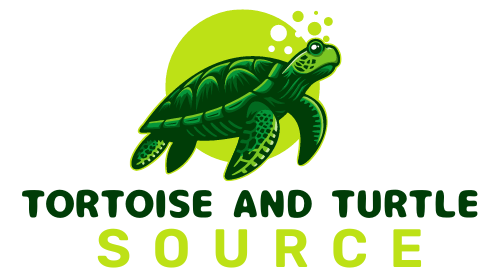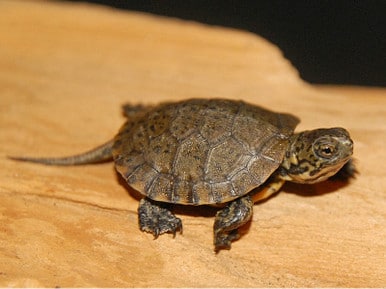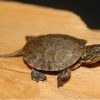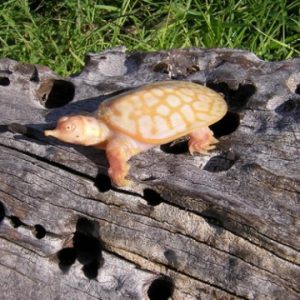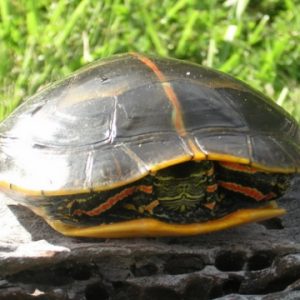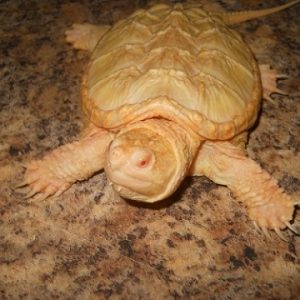The Western Pond Turtle is truly one of America’s rarest – and toughest to breed turtles. Many breeders work with this species – few actually hatch eggs. We’ve been working with this very specialized species for almost two decades – and have yet to figure them out. We hatch only a small handful of Western Pond Turtles each year. One prevailing theory is that keepers can not provide some unknown food item(s) that is only found in nature – and is missing from their diets. shop Western Pond Turtles online
One of only two species native to the Pacific coast, Western Pond Turtles are found in small parts of Oregon, Washington state, California and the Baja peninsula. It inhabits swamps, ponds, lakes slow moving rivers and even estuaries. It has no problem crossing large tracts of land and is subsequently often hit on the roads. Habitat destruction and pesticides also have taken serious tolls on Western pond turtles – resulting in complete protection throughout their range. Many known wild colonies are now extinct…
This species reaches only slightly over 6 inches and does best in deeper water as adults. Olive green to brown, Western Pond turtles have patterns of yellowish spots on their shells, heads and legs. One curious habit they have is to quickly dive in from a basking spot at the first sign of above water movement – even for third generation, captive born and raised, hand fed adults. This behavior suggests the presence of predatory birds in their natural habitat… They quickly surface, even swimming right up to the keeper for food – but this instinct seems unbreakable…
Our hatchlings (and breeding sized adults) love cut fish, pellets, earth worms and crustaceans. Fine tank mates with most surface species, Western Pond Turtles are quite possibly the least hatched American water turtle.
